If you’re planning a trip to Japan or simply have an interest in Japanese culture and language, one of the essential phrases to know is how to say “eat” in Japanese. This simple word can open doors to a world of culinary adventures and cultural experiences. In this guide, we’ll walk you through various ways to express “eat” in Japanese and provide you with some cultural insights along the way. By the end of this article, you’ll be ready to dine like a pro in Japan!
Understanding the Cultural Context
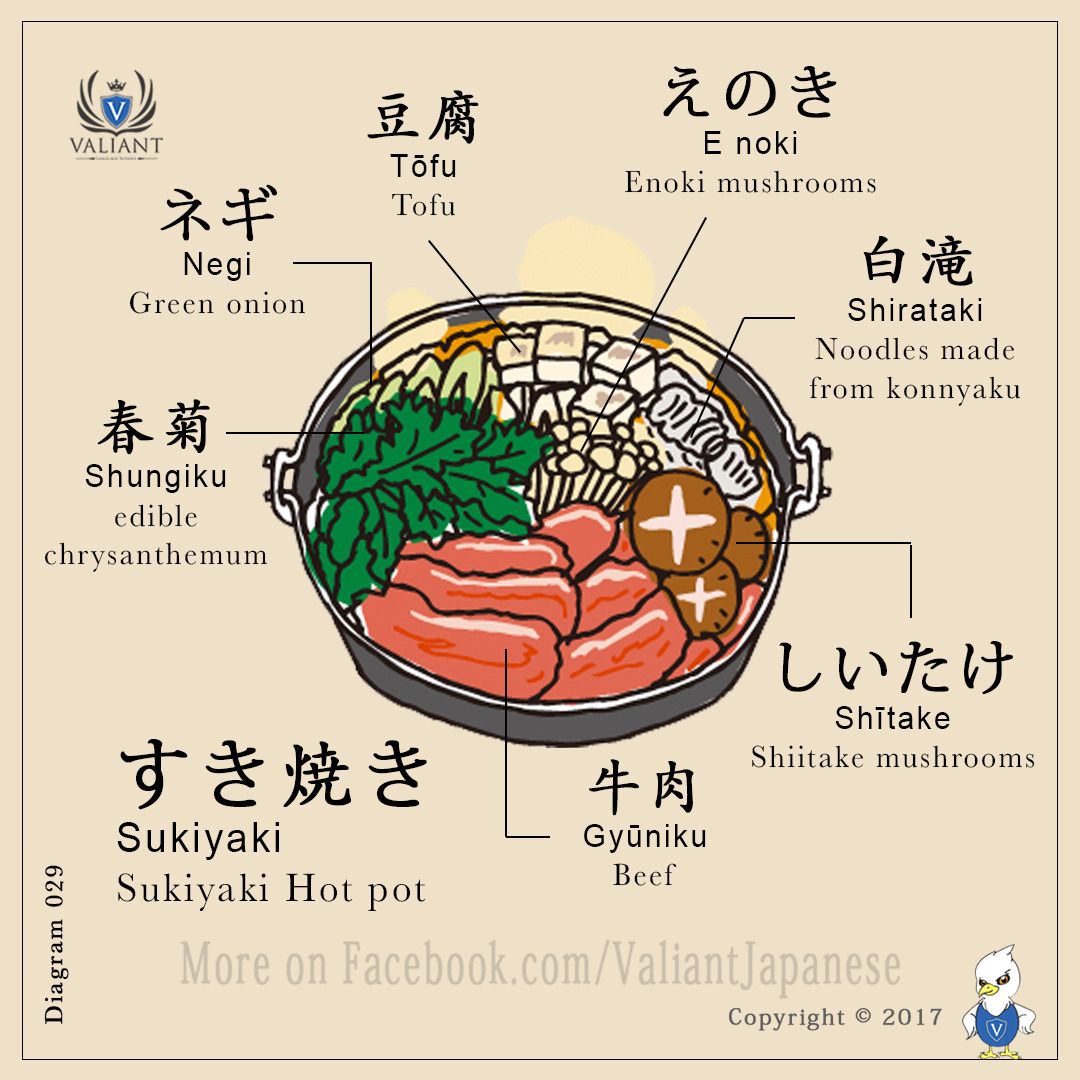
Before diving into the linguistic nuances, it’s essential to understand the cultural significance of food in Japan. Food is not merely sustenance; it’s a reflection of history, tradition, and artistry. Japanese cuisine, known as “washoku,” embodies a deep respect for seasonal ingredients and meticulous preparation. So, when you’re learning how to say “eat” in Japanese, you’re also delving into the heart of their culture.
The Basic Word: “Taberu” (食べる)
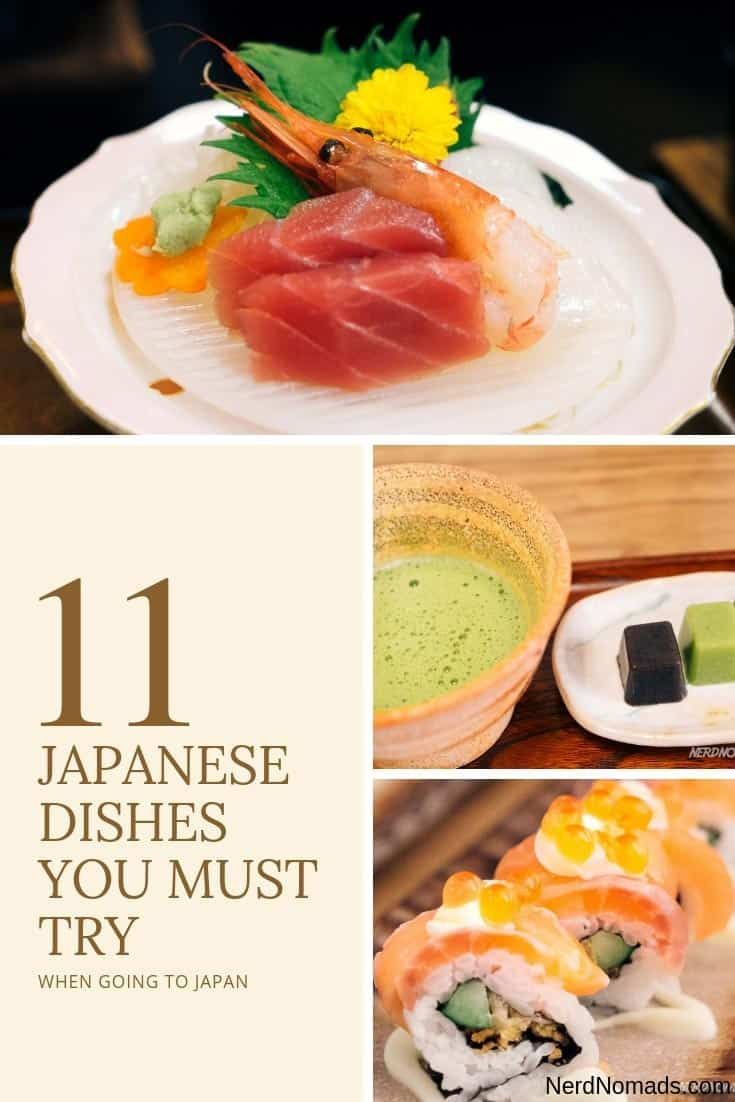
The most straightforward way to say “eat” in Japanese is by using the word “taberu” (食べる). This word is widely used in everyday conversations and can be applied to various situations. For instance, if you want to say “I want to eat sushi,” you’d say, “Sushi wo tabetai” (寿司を食べたい).
Politeness Matters: “Gochisousama” (ごちそうさま)
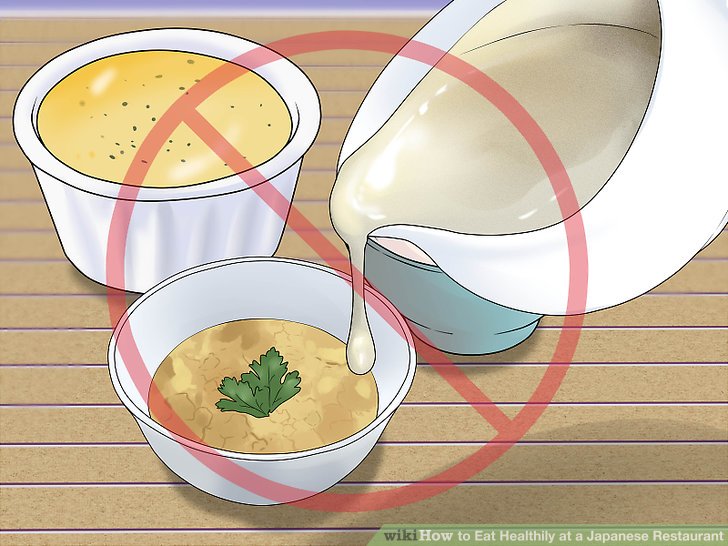
In Japan, politeness is highly valued, especially when it comes to dining etiquette. After a meal, it’s customary to express gratitude to the person who prepared the food. The word “gochisousama” (ごちそうさま) is used to convey appreciation for the meal. You can say it to your host or the chef after finishing your meal, and it’s a polite way to show your respect for their effort.
Dining Out: “Meshi” (飯)
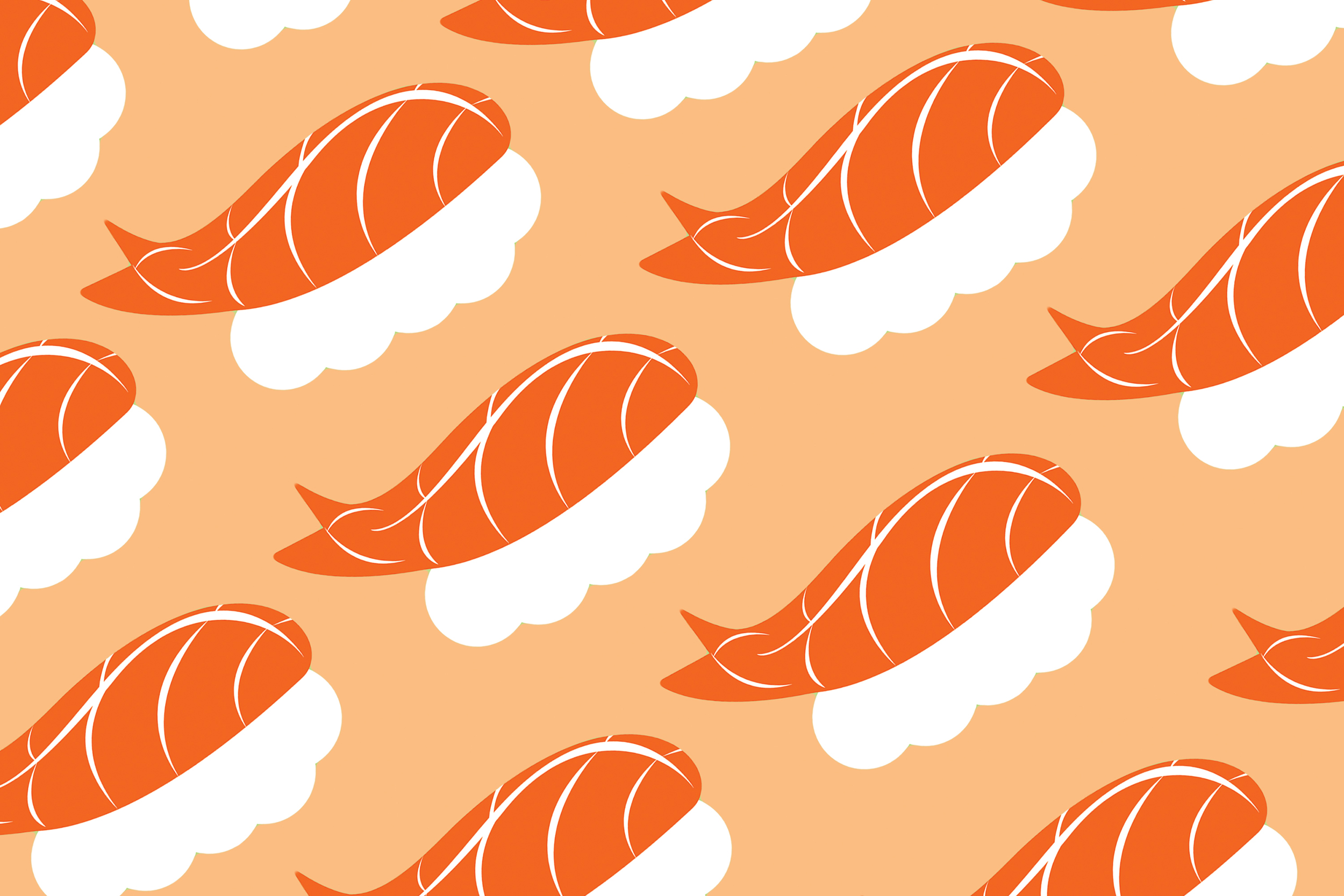
When you’re dining at a restaurant or ordering food, you might come across the word “meshi” (飯). This word is a colloquial term for a meal and is often used when referring to food in a casual setting. For example, if you want to ask someone if they’ve eaten, you can say, “Gohan tabeta?” (ご飯食べた?), which translates to “Did you eat rice?”
Street Food Adventures: “Kuidaore” (食い倒れ)
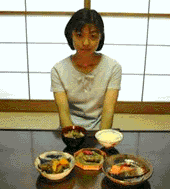
If you’re exploring Japanese street food culture, you’ll likely encounter the term “kuidaore” (食い倒れ). This phrase essentially means “to eat oneself into bankruptcy” and highlights the extravagant and delightful nature of indulging in delicious street snacks. So, when you’re enjoying a variety of tasty treats in Japan, remember that you’re engaging in a bit of “kuidaore.”
Eating Together: “Itadakimasu” (いただきます)
Before a meal, it’s customary to say “itadakimasu” (いただきます) as a way of giving thanks for the food you’re about to eat. This phrase reflects the Japanese appreciation for the ingredients and the effort that went into preparing the meal. It’s a beautiful tradition that fosters a sense of gratitude and mindfulness before every meal.
Informal Dining: “Kuu” (食う)
In casual conversations and among friends, you might hear the word “kuu” (食う) instead of “taberu.” While “taberu” is more formal, “kuu” is the informal equivalent and is commonly used when talking with peers or in relaxed settings.
The Rich Vocabulary of Food
Japanese cuisine boasts a rich vocabulary for describing different aspects of food. From the taste and texture to the way it’s prepared, there are words that capture every nuance. For example, “umami” (旨味) refers to the savory and delicious taste that’s often associated with Japanese dishes. Exploring these food-related words can enhance your appreciation of Japanese cuisine.
Explore More with Tourjapanaz.com/
If you’re eager to dive deeper into the world of Japanese culture and language, the Culture section of Tourjapanaz.com/ is your go-to resource. They specialize in providing the latest updates on topics like “How to Say ‘Eat’ in Japanese.” Don’t forget to follow Tourjapanaz.com/ to discover more about the nuances of saying “eat” in Japanese and other exciting cultural insights.
FAQ
Q: Are there regional variations in how “eat” is expressed in Japanese?
A: Yes, there can be regional differences in dialects and expressions related to food. For instance, the word for “eat” may vary slightly in Kansai dialect compared to Tokyo dialect. It’s fascinating to explore these nuances when traveling across Japan.
Q: Is it essential to use polite language when dining in Japan?
A: Using polite language is highly appreciated in Japan, especially in formal or traditional settings. However, in casual or friendly environments, you can adjust your language accordingly. It’s always a good practice to be respectful and considerate of the context.
Q: Can you recommend some must-try Japanese dishes for beginners?
A: Certainly! If you’re new to Japanese cuisine, start with classics like sushi, ramen, tempura, and teriyaki. These dishes offer a delicious introduction to the diverse world of Japanese food.
In conclusion, understanding how to say “eat” in Japanese is not just about mastering a word; it’s about embracing a culture’s deep appreciation for food. Whether you’re enjoying street food in Osaka or savoring a traditional kaiseki meal in Kyoto, these words and customs will enrich your culinary journey in Japan.
So, go ahead, use these phrases with confidence, and embark on a gastronomic adventure that will leave you saying, “Itadakimasu!”
key words
- learn japanese in 90 days 2024
- japanese in use everyday
- japanese for to day
- how to say i love you in japanese
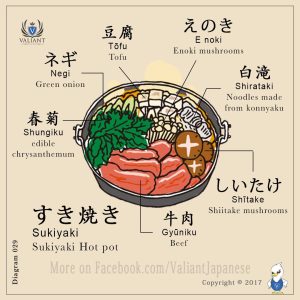
No Responses